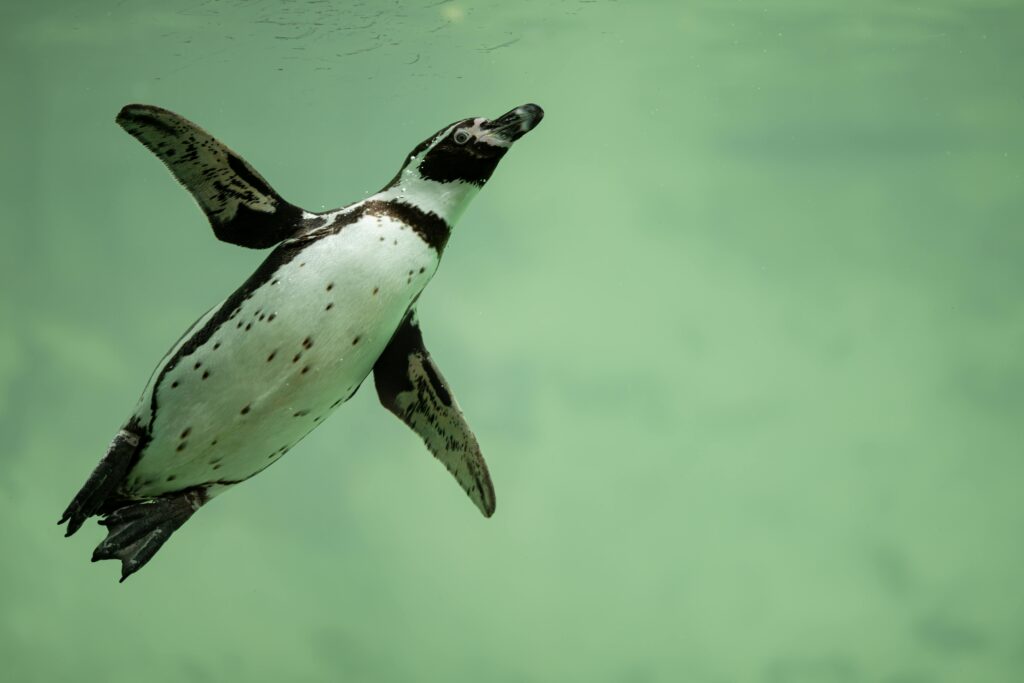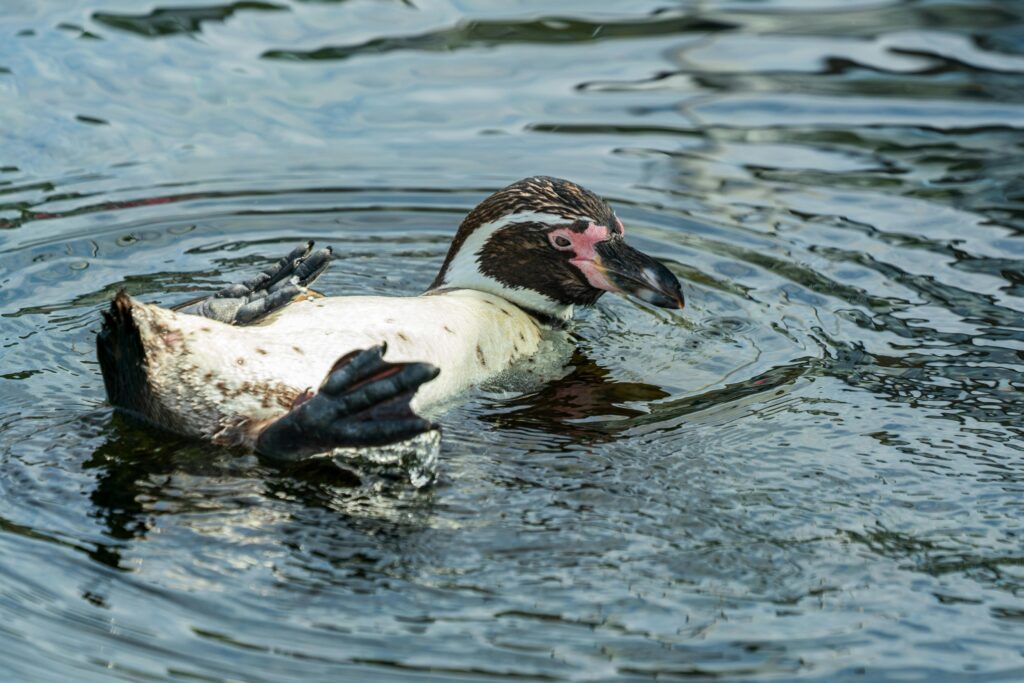When we think about penguins, our minds often jump to their adorable waddle, their formal tuxedo-like plumage, or their endearing social behaviors. But hidden in plain sight is one of their most critical survival tools—their beaks. Sleek, sharp, and surprisingly sophisticated, penguin beaks tell a fascinating story of adaptation, resilience, and love.
Today, let’s dive deep into the secrets behind penguin beak structures, and discover how these incredible birds have evolved to master life in some of the harshest environments on Earth. ❄️
Built for Battle: How Evolution Shaped the Penguin Beak 🔍
At first glance, a penguin’s beak might seem fairly ordinary. But if you ever get a close look (preferably without losing a finger!), you’ll notice something extraordinary—rows of tiny, backward-facing spines lining the inside of the beak. These structures are known as papillae, and they serve an essential role in a penguin’s daily life.
Imagine trying to catch a slick, squirming fish underwater with no hands. Tricky, right? That’s where the papillae come in. They act like natural Velcro, gripping prey tightly to prevent escape. Whether it’s krill, squid, or fish, the papillae ensure that what goes into the beak stays there. 🎣
Different penguin species show variations in beak size and shape based on their diet and environment.
- Emperor Penguins, the deepest divers, wield long, spear-like beaks perfect for hunting in the dark, icy depths.
- Meanwhile, Little Blue Penguins, who feast closer to the surface, possess shorter, sharper beaks ideal for snatching small prey quickly.
This adaptation highlights the incredible diversity within penguin species, each fine-tuned for its ecological niche. 🌊
Not Just for Eating: The Multifunctional Penguin Beak
A penguin’s beak isn’t merely a feeding tool—it’s a multitasking marvel. 💡
🛡️ Preening for Survival
Penguins rely on their feathers for insulation and waterproofing, crucial for surviving the brutal cold. Every day, they meticulously preen themselves, using their beaks to distribute oil from the uropygial gland across their feathers.
Without this ritual, their feathers would lose their water-repellent properties, making them vulnerable to hypothermia.
Preening isn’t just a beauty routine; it’s a life-or-death task.
💞 A Tool for Love
In penguin courtship, beaks play a starring role.
Many species engage in a behavior called billing, where two penguins gently tap and rub their beaks together. This ritual strengthens pair bonds and helps mates recognize each other among thousands of similar-looking birds in massive colonies.
In the noisy, chaotic world of a penguin rookery, a tender beak-to-beak greeting often speaks louder than a call. 💕
🐣 Raising the Next Generation
When feeding their chicks, penguins use their beaks with astonishing precision.
Parents regurgitate partially digested food and transfer it directly into their chick’s mouth. The sensitivity and control at the tip of the beak ensure that this delicate exchange goes smoothly.
Without their beaks’ fine motor skills, chick survival rates would plummet—a stark reminder of how vital these structures truly are.
Strength and Sensitivity: A Perfect Balance
Penguin beaks must strike a delicate balance between toughness and sensitivity.
On one hand, they need to be robust enough to pierce through ice or seize writhing prey. On the other, the beak must be sensitive enough to detect subtle changes in texture and movement underwater.
Inside the beak tip are rich clusters of nerve endings, giving penguins almost fingertip-like sensory perception. Scientists believe this enhanced sensitivity is crucial for hunting success, especially when visibility is poor beneath the ocean’s surface.
Imagine catching your dinner blindfolded, relying solely on touch—that’s everyday life for a penguin. 🌊
Built to Withstand the Ice: Thermal Adaptations ❄️
Ever wonder why a penguin’s beak doesn’t freeze off in Antarctic temperatures?
Penguins have evolved an impressive biological trick known as counter-current heat exchange. Essentially, the blood vessels in their beaks regulate heat flow, minimizing heat loss while preventing tissue damage from freezing.
Moreover, darker pigmentation on some penguin beaks may help absorb solar radiation, offering tiny but critical boosts of warmth. In environments where every fraction of a degree matters, these small advantages mean survival.
Nature, as always, equips its creatures with subtle, elegant solutions to brutal challenges. 🌎
Penguin Beaks Tell Stories: Insights for Scientists 🔬
Researchers have discovered that penguin beaks hold clues to their diet, health, and even their migration patterns.
- Beak wear and erosion can indicate what type of prey a penguin has been eating (hard-shelled krill vs soft-bodied fish).
- Chemical analyses of beak materials can reveal ocean foraging zones, helping scientists map critical feeding areas.
In a way, every penguin carries a detailed autobiography written across its beak—if only you know how to read it. 📖
Conservationists use this information to better understand and protect penguin populations, particularly in the face of climate change and industrial fishing pressures.
Fun Fact! 🐧
Did you know that some fossil penguins had huge, spear-like beaks perfectly suited for hunting large prey?
Ancient penguins, some towering over modern species, were true giants of the prehistoric seas!
Why Penguin Beaks Deserve More Respect
In the end, a penguin’s beak is much more than a cute feature.
It’s a survival tool, a courtship instrument, a parenting aid, and a historical record all at once. Evolution didn’t just hand penguins a beak—it crafted a multi-functional masterpiece.
So next time you admire a penguin, take a moment to appreciate the engineering marvel that is its beak. Beneath that friendly face lies a story millions of years in the making—a story of survival, adaptation, and life at the edge of the world. ❄️🐧



